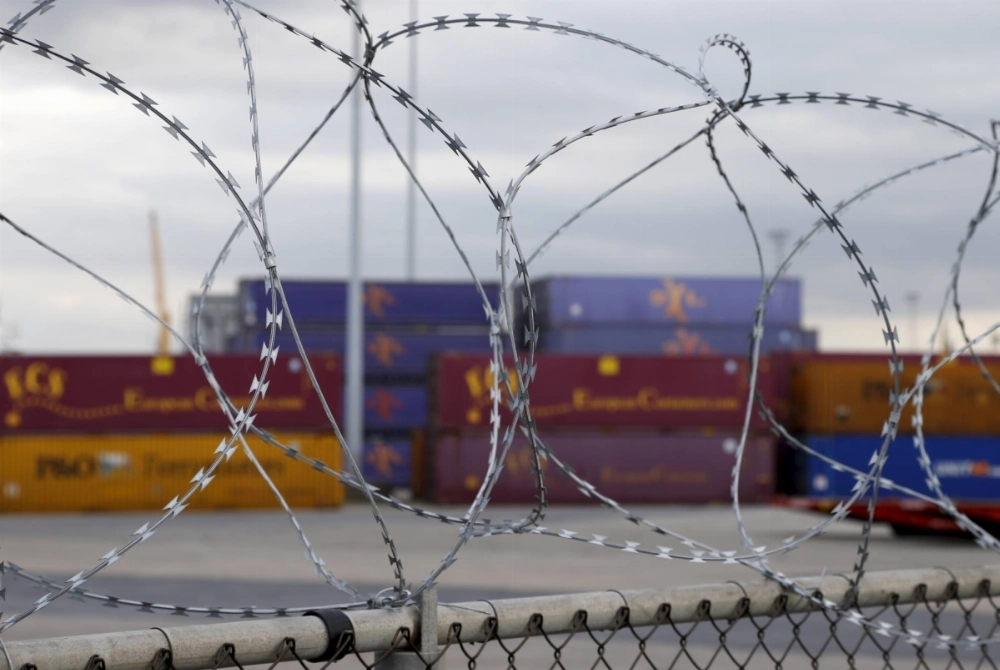In January 2025, U.S. President Donald Trump signed an executive order to end the “weaponization” of federal law enforcement, alleging that the previous administration had exploited the interlinkages between law enforcement and intelligence to target political opponents.
While critics dismissed the order as theatrics, loyalists applauded what they saw as a bold stand against partisan excess. Yet beneath this spectacle de jure looms a much larger story, involving energy pipelines, shipping routes, global trade and financial flows.
Students of international affairs have long examined how asymmetrical economic relationships can be used to gain strategic advantages. A seminal 20th-century contribution was Albert O. Hirschman’s 1945 "National Power and the Structure of Foreign Trade," which demonstrated that dominant powers in unbalanced trade relationships can leverage their position to extract political concessions from weaker partners. Similarly, in the 1980s, David A. Baldwin’s "Economic Statecraft" catalogued many different forms of economic leverage, arguing that sanctions, aid and trade incentives can serve the same coercive functions as military power.


















With your current subscription plan you can comment on stories. However, before writing your first comment, please create a display name in the Profile section of your subscriber account page.